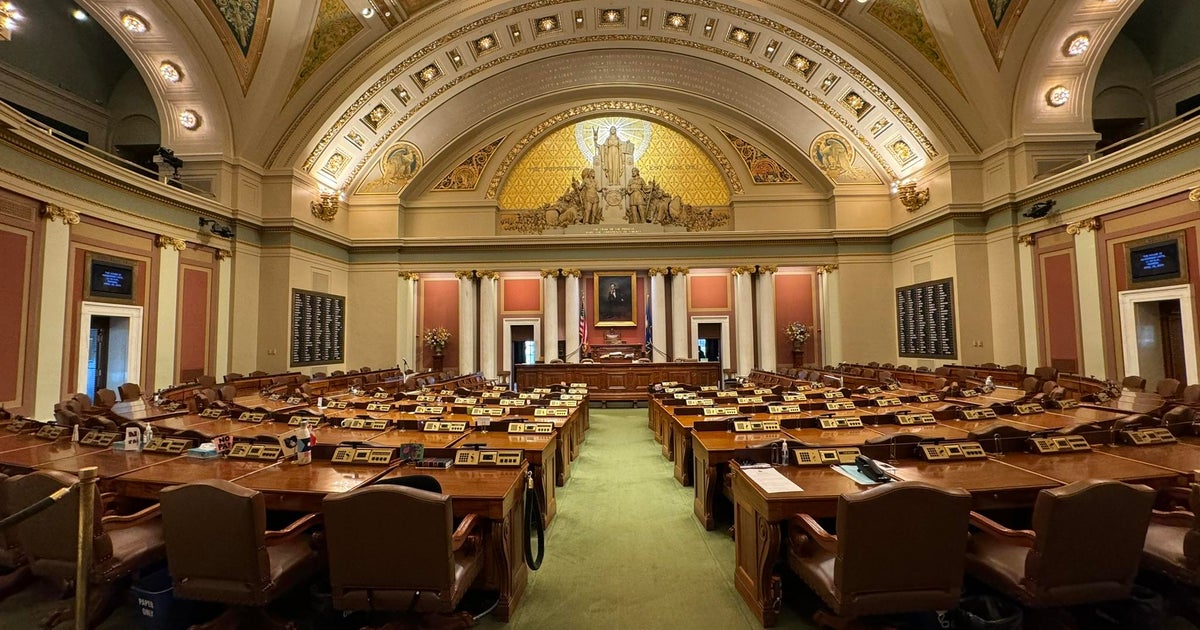Why do some Minnesota lakes have "lake" first in the name and others last?
MINNEAPOLIS — Minnesota's more than 10,000 lakes are part of many Minnesotans' identities — but as endearing as the lakes are, there's something strange about them too.
There's inconsistency in lake names.
Some start with the word: Lake Harriet, Lake Winnibigoshish, Lake Mille Lacs and Lake Minnetonka, for example. Others end with the word, like Cedar Lake, Medicine Lake, Red Lake and Wirth Lake.
"It's complicated to have the name changed," said Hennepin County Commissioner Marion Greene, who helped rename Bde Maka Ska. "People petition the county, then they send the paperwork to the DNR and the DNR sends paperwork to the federal government."
When asked why "lake" is first and second in others, Greene has "no idea."
"It just depends what people call it. In my own neighborhood in Maplewood, we have Wakefield Lake and Lake Gervais. It's just what people call it and sometimes it's first, sometimes it's second. There's no real rhyme or reason," said Pete Boulay with the Minnesota Department of Natural Resources.
We looked at the Dakota language for clues. Bde Maka Ska is named in Dakota. Bde means "lake," maka means "earth" and "ska" means "white." So it would read in English as "Lake White Earth." However, the Dakota language reads differently, so it actually translates to "White Earth Lake."
One thing is clear: even if the names are not consistent, Minnesotans know their lakes.
Boulay says a surefire way to spot a visitor is if they say "Minnetonka Lake."




